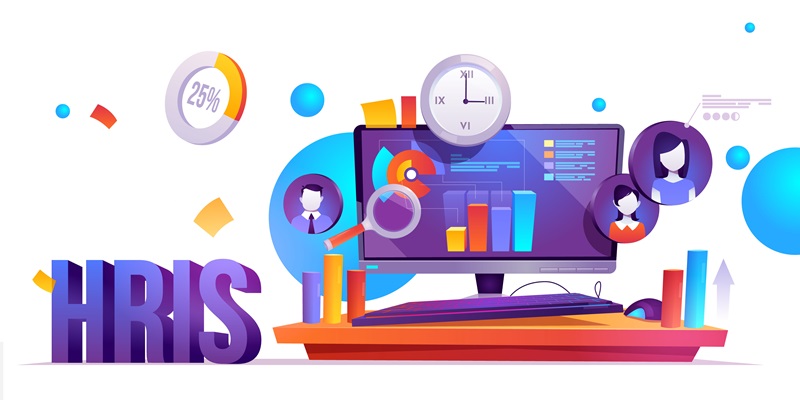The pandemic has revolutionized the workplace, propelling HR managers into a pivotal role. They’ve become crisis navigators, ensuring employee well-being and adapting to remote work realities and altered business processes. Post-pandemic HR is tasked with keeping staff engaged and complying with evolving health and labor laws.
Navigating these novel challenges, HR acts as the bridge between the evolving demands of the market and the fundamental needs of employees. They must balance compassion with practicality, often innovating on the fly to design remote work policies that uphold productivity without compromising team spirit or company culture.
Moreover, HR must keep abreast of the fluid landscape of regulations, leading the charge in protecting both employees and the organization from potential legal and health-related consequences. As they tread this complex terrain, HR’s strategic input has become more crucial than ever, shaping the future of work in a post-pandemic world. Their leadership in these times has solidified the role of HR as an indispensable part of any organization navigating the new normal.
The Rise of HRIS in a Changed World
Amid these turbulent times, Human Resource Information Systems (HRIS) software has emerged as a crucial ally for HR managers. These sophisticated platforms provide a comprehensive suite of tools designed to organize and automate various HR processes. By incorporating HRIS, companies have been able to streamline administrative tasks, such as payroll processing and attendance tracking, freeing HR professionals to focus on more strategic initiatives that support their workforce and organization.
The implementation of HRIS technology is becoming a linchpin for HR departments seeking efficient ways to manage employee data and optimize HR workflows. With features like digital record-keeping, performance management systems, and automated alerts for compliance issues, HRIS platforms are equipping HR managers with the resources needed to navigate the new normal with greater agility and insight. The centralized nature of HRIS databases also ensures that information remains accessible and up-to-date, a critical component for successful remote work models and organizational continuity planning.
Enhancing HR Efficiency and Employee Experience
HRIS revolutionizes HR management and enhances the employee experience. With self-service features, employees can handle tasks like updating personal details, accessing payslips, and requesting leave, fostering involvement and ownership over their work journey. By providing the tools needed for better management of their professional data and benefits, HRIS has paved the way for a more engaged and responsible workforce.
The system also accelerates onboarding, allowing new employees to handle paperwork and training online, ensuring a quick and uniform start. This streamlined process is vital for a positive first impression and demonstrates the company’s investment in its employees. By improving each aspect of the employee lifecycle, HRIS is not just changing the HR profession but is also boosting workplace efficiency and connectivity.
Future-Proofing Organizations with HRIS
By leveraging HRIS software, firms aren’t just tackling today’s hurdles but are also prepping for long-term triumph. These solutions offer vital data, influencing recruitment, improving workforce forecasting, and pinpointing skill shortages that could hinder growth. The analytical tools of HRIS empower HR leaders to make strategic, data-based decisions.
HRIS enhances organizational resilience, too, underpinning succession planning and nurturing future leaders. With in-depth employee insights, HR can smoothly manage change and uphold growth even in unstable times.
In the wake of the pandemic, HRIS has become a symbol of progress and adeptness, helping HR navigate the new normal and transforming resource management to ensure both businesses and employees prosper regardless of the obstacles they face.

